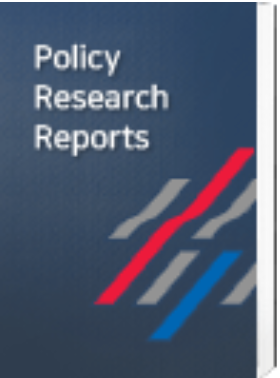Policy Report

RESEARCH
KOTI - Korea Transport institute
A Preliminary Study on Developing an Autonomous Driving Difficulty Map
- Date
February 28 2025
- Authors
정하림,탁세현,서지훈,강경표,조아해,김현서,최문영
- Page(s)
page(s)
#Autonomous Driving Difficulty Map
#Autonomous driving
#Difficulty rating
#Commercialization

Autonomous driving technology has emerged as a key solution to longstanding transportation issues such as traffic accidents and congestion, while also addressing new challenges arising from structural changes in society, including increased mobility needs for the transportationdisadvantaged and a decline in professional drivers. In South Korea, efforts to commercialize autonomous vehicles are progressing through test operation zones, performance certification systems, and service pilots. As demand for autonomous driving services grows, there is increasing interest in route extension and modification to improve service efficiency and responsiveness to public needs. However, current regulations and safety verification systems limit the flexibility to rapidly accommodate these changes, posing challenges in balancing user demand with operational safety.
To address this issue, this study proposes an evaluation methodology and map-based visualization system to assess road segment difficulty for autonomous driving based on quantitative indicators. Drawing from domestic service cases and accident data (e.g., California DMV reports), the study identifies traffic operation and geometric design factors—such as traffic volume, lane count, road width, and curve radius—that significantly impact autonomous driving safety. A classification and evaluation model was developed using machine learning techniques (XGBoost with SHAP), enabling the assessment of autonomous driving difficulty by combining common risk indicators (e.g., traffic flow) with road-specific features (e.g., tunnels, bridges).
The resulting “Autonomous Driving Difficulty Map” provides a visual, data-driven foundation to support flexible management of test operation zones and infrastructure planning such as C-ITS deployment. For future work, the study highlights the need to expand coverage to local roads(city/county roads), establish a sustainable update framework based on periodic infrastructure data, and develop vehicle-type-specific evaluation models to reflect differences in maneuverability and performance. This research contributes to safer, more adaptive deployment of autonomous driving services by enabling proactive and localized decision-making through quantified difficulty assessments.
To address this issue, this study proposes an evaluation methodology and map-based visualization system to assess road segment difficulty for autonomous driving based on quantitative indicators. Drawing from domestic service cases and accident data (e.g., California DMV reports), the study identifies traffic operation and geometric design factors—such as traffic volume, lane count, road width, and curve radius—that significantly impact autonomous driving safety. A classification and evaluation model was developed using machine learning techniques (XGBoost with SHAP), enabling the assessment of autonomous driving difficulty by combining common risk indicators (e.g., traffic flow) with road-specific features (e.g., tunnels, bridges).
The resulting “Autonomous Driving Difficulty Map” provides a visual, data-driven foundation to support flexible management of test operation zones and infrastructure planning such as C-ITS deployment. For future work, the study highlights the need to expand coverage to local roads(city/county roads), establish a sustainable update framework based on periodic infrastructure data, and develop vehicle-type-specific evaluation models to reflect differences in maneuverability and performance. This research contributes to safer, more adaptive deployment of autonomous driving services by enabling proactive and localized decision-making through quantified difficulty assessments.